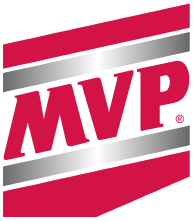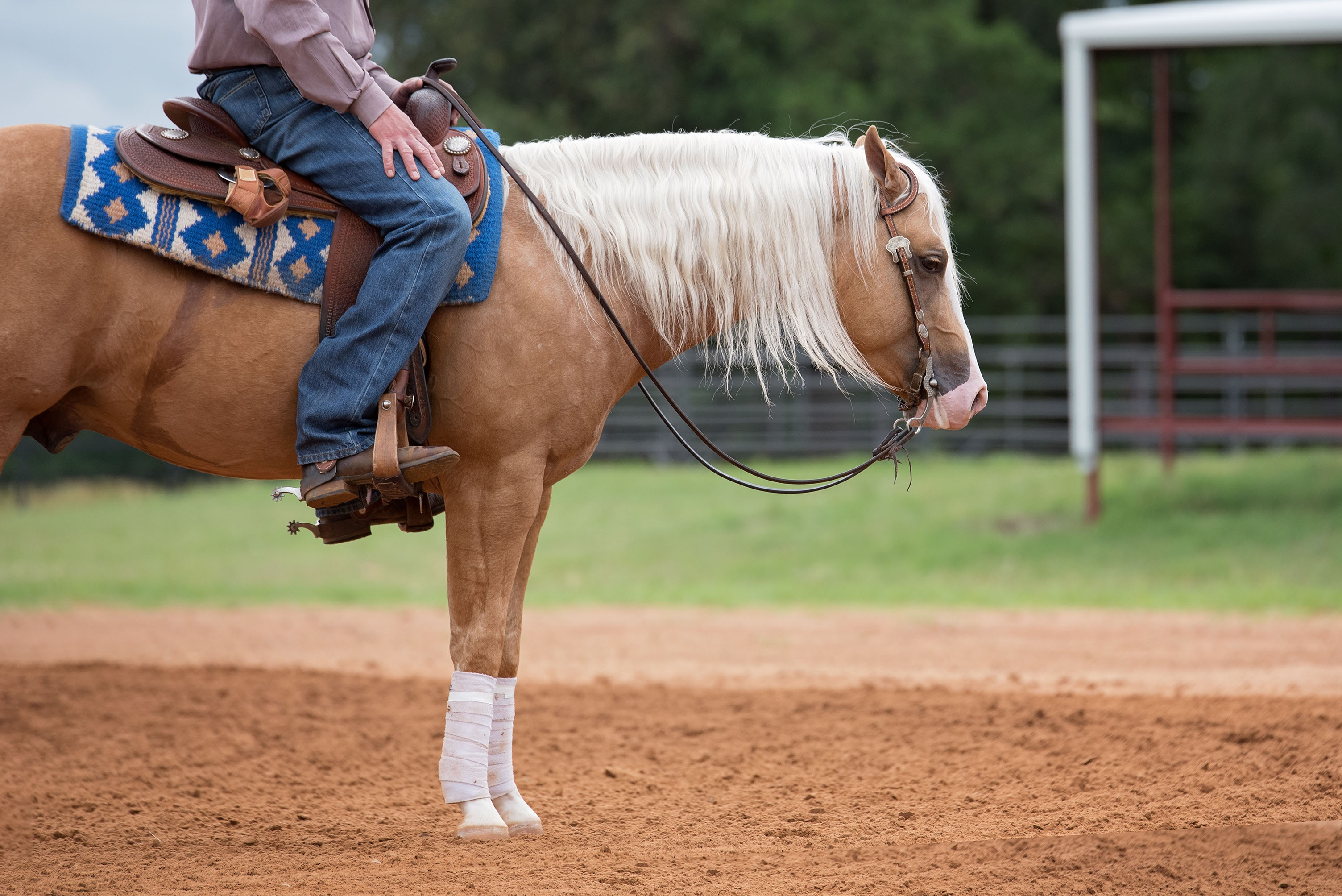When horses show constant pain in their heels, they might be dealing with navicular syndrome, a common condition affecting the different parts of the navicular bone, a small bone located in the horse’s hoof. It's one of those frustrating issues that many horse owners have to manage.
Navicular syndrome in horses is a state of dysfunction or disease of the navicular structures and is used to describe pain that originates from the heel of the foot. Often times the chronic heel pain is caused by arthritis of the navicular bone. Early diagnosis and treatment for navicular disease in horses is essential to lead a better life.
What is Navicular Disease in Horses?
Navicular disease in horses is a state of dysfunction or disease of the navicular structures. These structures, in general, offer stability and support to the foot. It comprises several parts, like the navicular bone, DDFT, and bursa. It is a chronic degenerative condition triggering bilateral front leg lameness. These are mainly observed in quarter horses and competition horses. Diagnosis is based on clinical signs and radiographic evidence.
However, being a degenerative issue, it is incurable. Proper long-term management is required to improve your horse's mobility and comfort. The risk of navicular disease is higher in heavier stock-type horses. These include quarter horses, warmbloods, and thoroughbreds. The higher percentage of navicular disease in these breeds may come from a genetic component.
Also, sport horses and horses engaged in athletic activities are more vulnerable to this disease. Research shows that wear and tear in the body are primarily responsible for navicular syndrome.
Signs of Navicular Disease in Horses
The first sign of navicular disease in your horse will come in the form of low-grade forelimb lameness. Generally, both limbs are affected, with one limb getting affected more than the other. Rarely does it occur as a sudden phenomenon.
Get in touch with your veterinarian if your horse exhibits the following:
-
Low-grade lameness that may switch between forelimbs.
-
Reluctance to work or navigate tight turns.
-
Increased stumbling or toe-first landings.
-
Shortened strides, particularly on hard surfaces.
-
Difficulty walking downhill.
-
Affected horses often "point" their toes while resting.
Unlike other hoof conditions, navicular disease doesn’t typically present visible swelling or increased digital pulse, making a professional evaluation crucial.
Diagnosis Methods for Navicular Disease
Whether your horse suffers from navicular disease or not requires a combined approach of clinical and radiographic examinations. This means that your veteran will base their diagnosis on different types of assessment as follows:
1. Physical Examination
A veterinarian will watch your horse move, looking for signs suggesting navicular disease, such as shorter steps or a cautious approach.
They'll also gently test the joints and use hoof testers to check if your horse shows any discomfort in specific areas of the hoof.
2. Nerve Blocks
Nerve blocks help pinpoint exactly where your horse is feeling pain. Think of these like temporarily numbing specific areas of the hoof—if your horse suddenly moves better after a particular area is numbed, we know we're looking in the right place. The most telling block is a palmar digital nerve block, which targets the back portion of the foot where navicular problems typically occur.
3. Imaging Techniques
-
X-rays: Identify bone changes or abnormalities.
-
MRI: Provides a detailed view of soft tissue and bone structures, making it the gold standard for diagnosing navicular syndrome.
-
CT scans: Offers 3D imaging for a comprehensive evaluation.
4. Special Procedures
Special procedures like navicular bursoscopy (using a tiny camera to look inside the joint) and gait analysis (using pressure plates to measure how your horse distributes weight) can provide even more detailed information in complex cases.
Your veterinarian will choose the most appropriate combination of these tools based on your horse's symptoms and situation.
Best Practices for Housing Horses with Navicular Disease
As a horse owner, you can use several therapeutic techniques.
-
Both shod and barefoot approaches can effectively manage navicular syndrome, depending on the individual horse's needs. The aim here is restoring the first landing of your horse's heels.
-
Custom orthotics and supportive materials can be beneficial for horses lacking hoof mass.
-
A barefoot approach using boots, pads, and graduated exercise can be successful for horses with soft tissue atrophy or contraction in the back of the foot.
-
Collaborative care involving veterinarians and farriers is crucial for effectively managing navicular disease in horses.
-
Systemic treatments may include NSAIDs, bisphosphonates, or intrasynovial injections of corticosteroids.
Exercise Regime for Horses with Navicular Diseases
Consistent exercise improves blood circulation and supports stronger and healthier hooves. However, do not make your horses perform strenuous activities to prevent further damage. A functional exercise regime for your horse can include:
-
Walking, light trotting, and other low-impact exercises suit horses with navicular syndrome. Begin with brief sessions, gradually increasing their duration and intensity over time.
-
The type of surface on which the horse exercises is crucial. Soft footing is ideal for horses with navicular issues, as it provides more cushioning for the front legs.
-
Dynamic stability exercises facilitate core development. Also, stretching exercises every other day, especially during cool-down, can be beneficial.
Some special shoe types for navicular horses include:
-
Wedge Shoes: These raise the horse's heels. They are ideal for reducing the tension built up in the deep digital flexor tendon, which helps relieve the navicular area.
-
Eggbar Shoes: These are ergonomically designed to offer additional support and coverage to your horse's hoof back. The eggbar supports distributing weight more evenly to reduce the stress and tension around the navicular bone.
Final Words
There is no proven cure for the navicular disease in horses. Prognosis depends mainly on the individual animal and the care and support the farrier offers. In several cases, clinical symptoms may resolve soon. In any case, you should contact your vet for the best advice.
While regular turnout and exercising are crucial for supporting joint health and blood circulation in horses, it is equally essential for horse owners to manage their workload carefully.
Supplements that Support Healthy Joints
Oral joint support products that provide key ingredients like glucosamine, chondroitin sulfate and hyaluronic acid (HA) are designed to support normal, healthy joints and a natural inflammatory response.
For guidance or assistance, call us at 833-809-4848 or contact us today!

